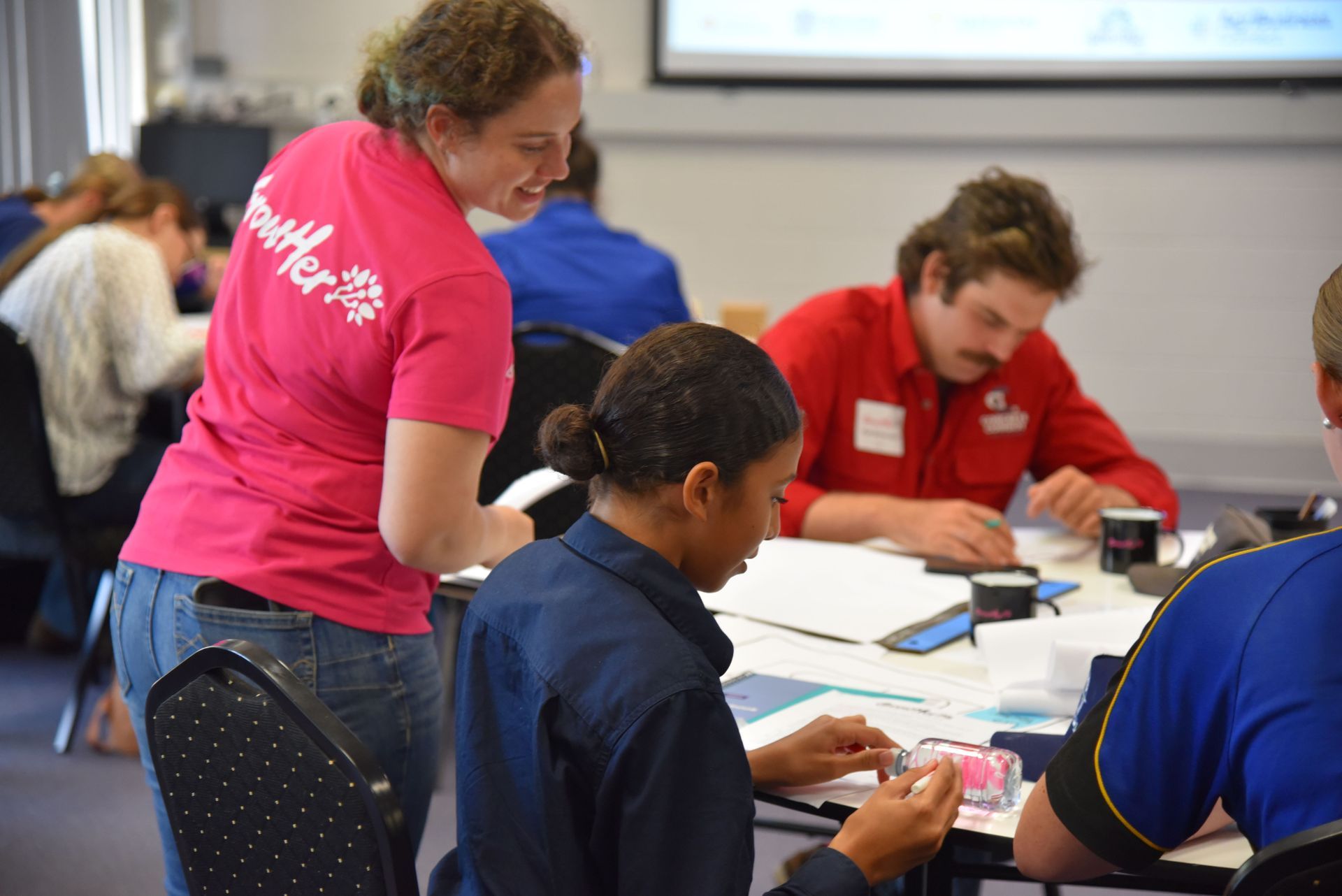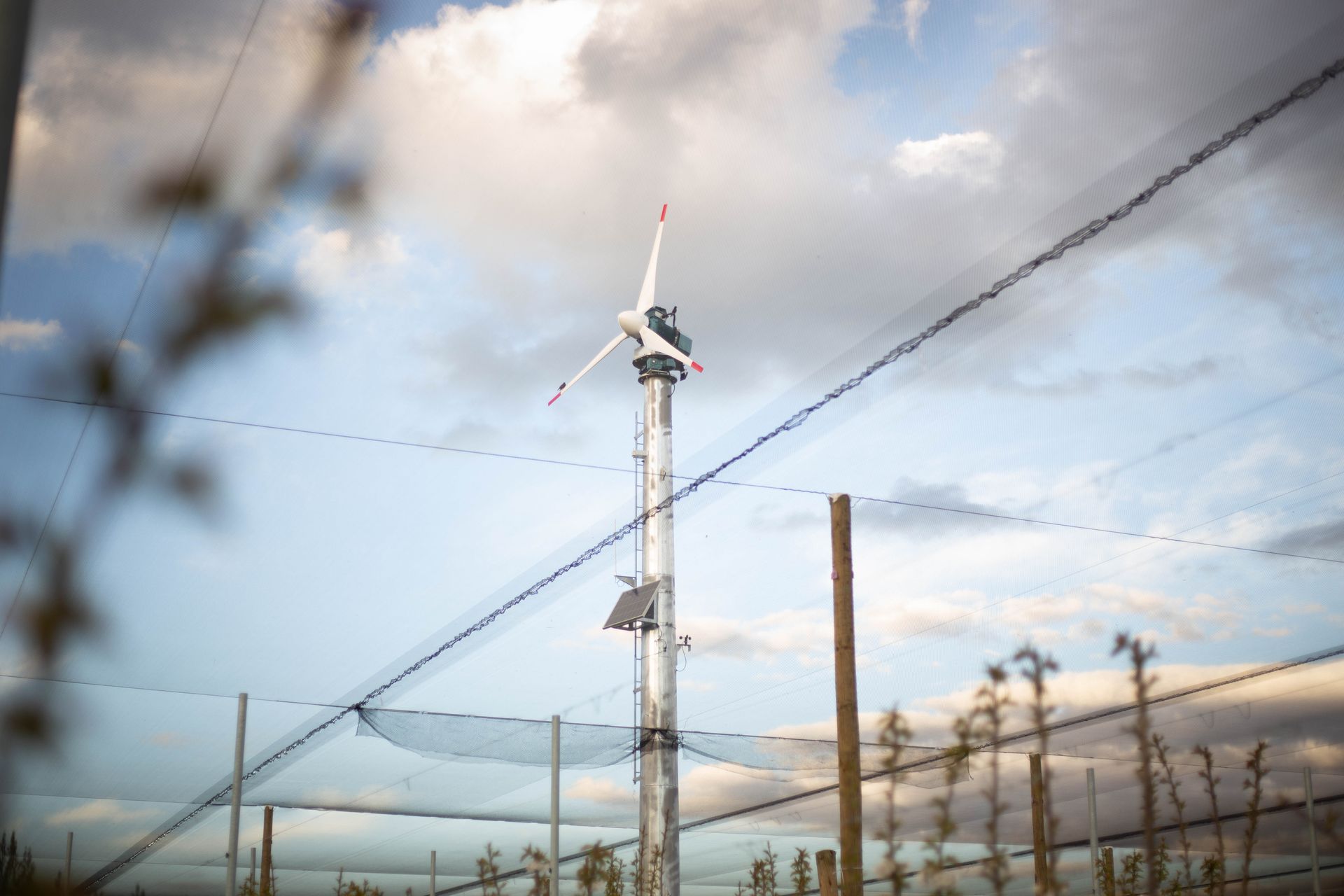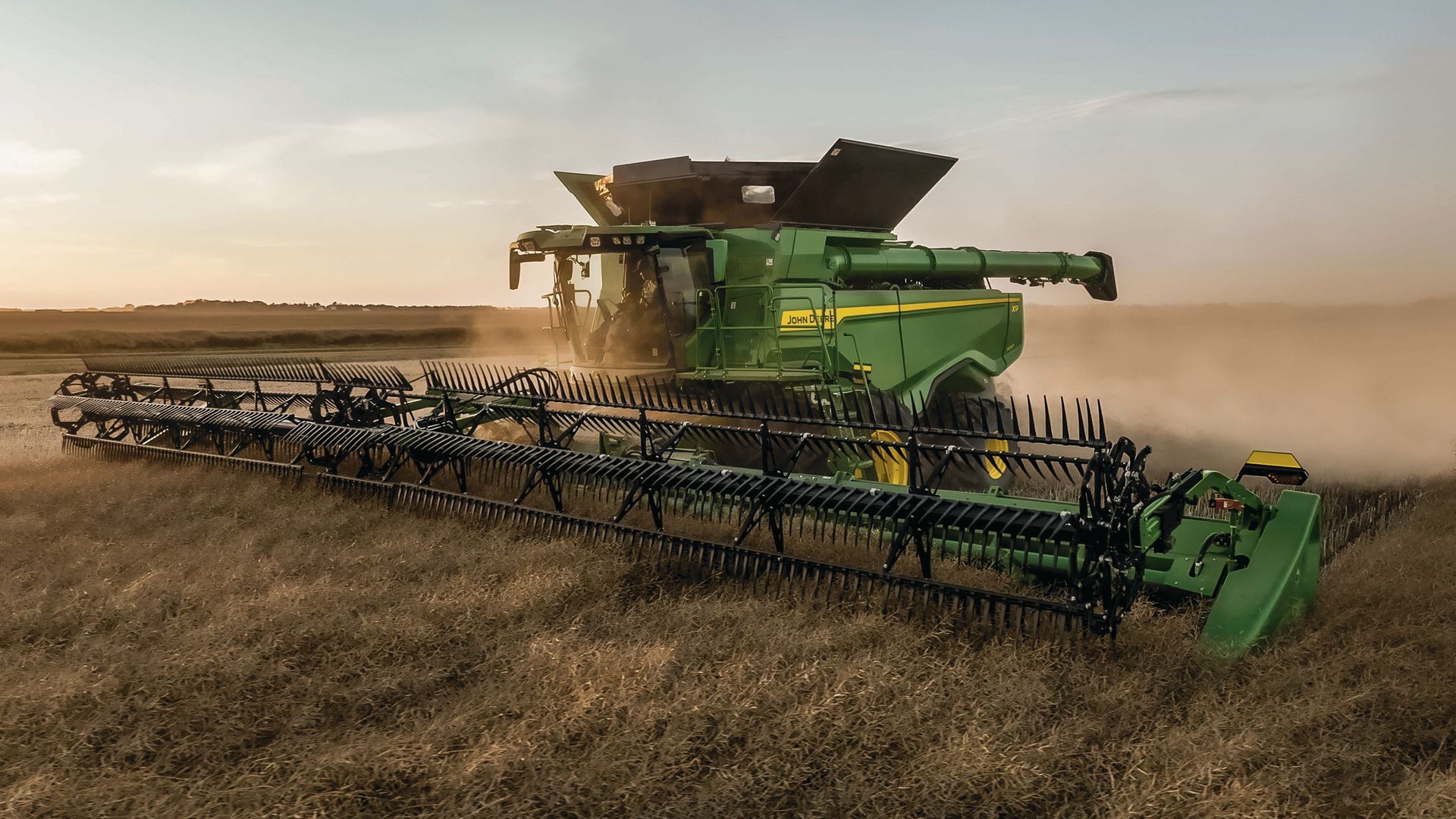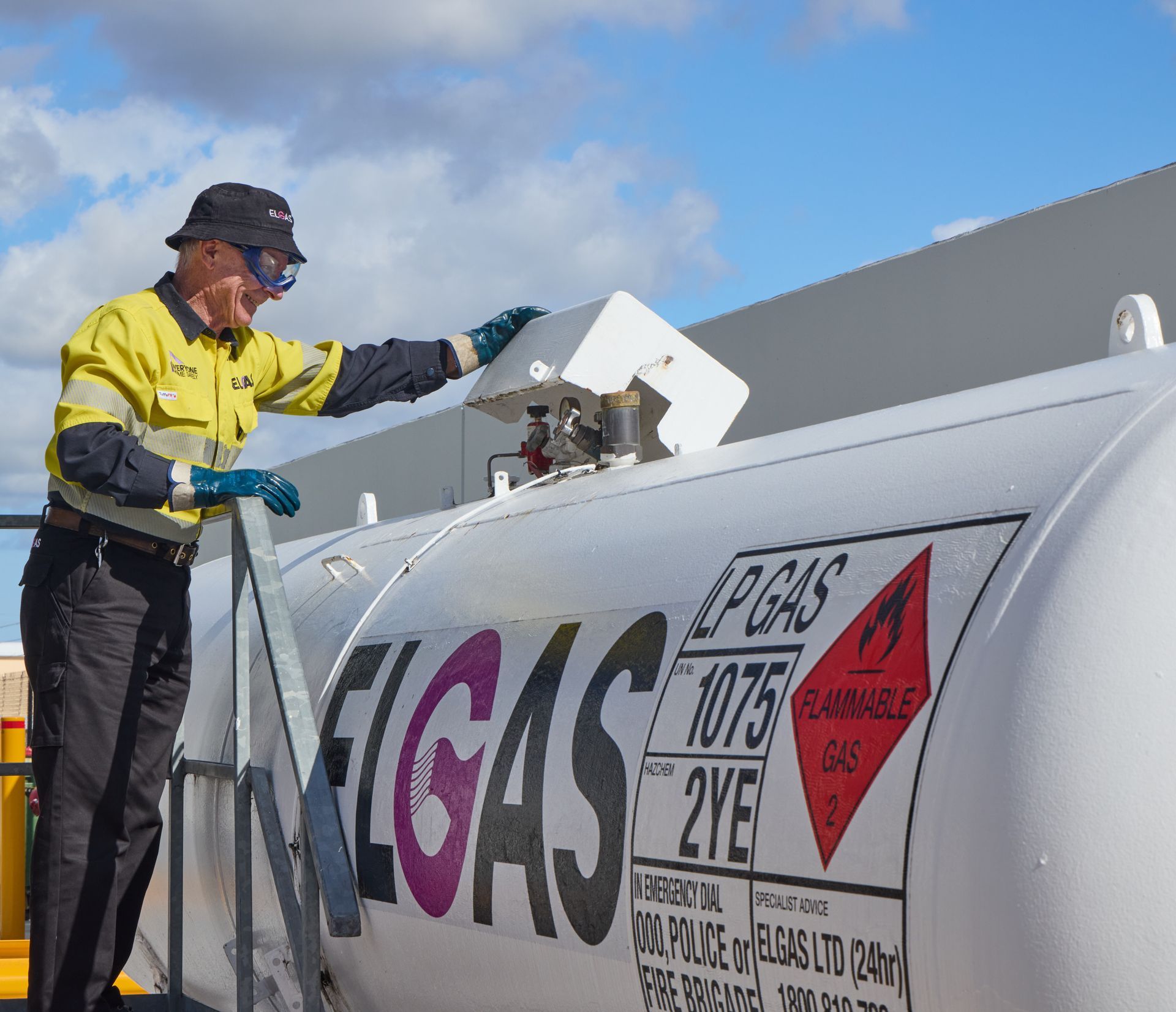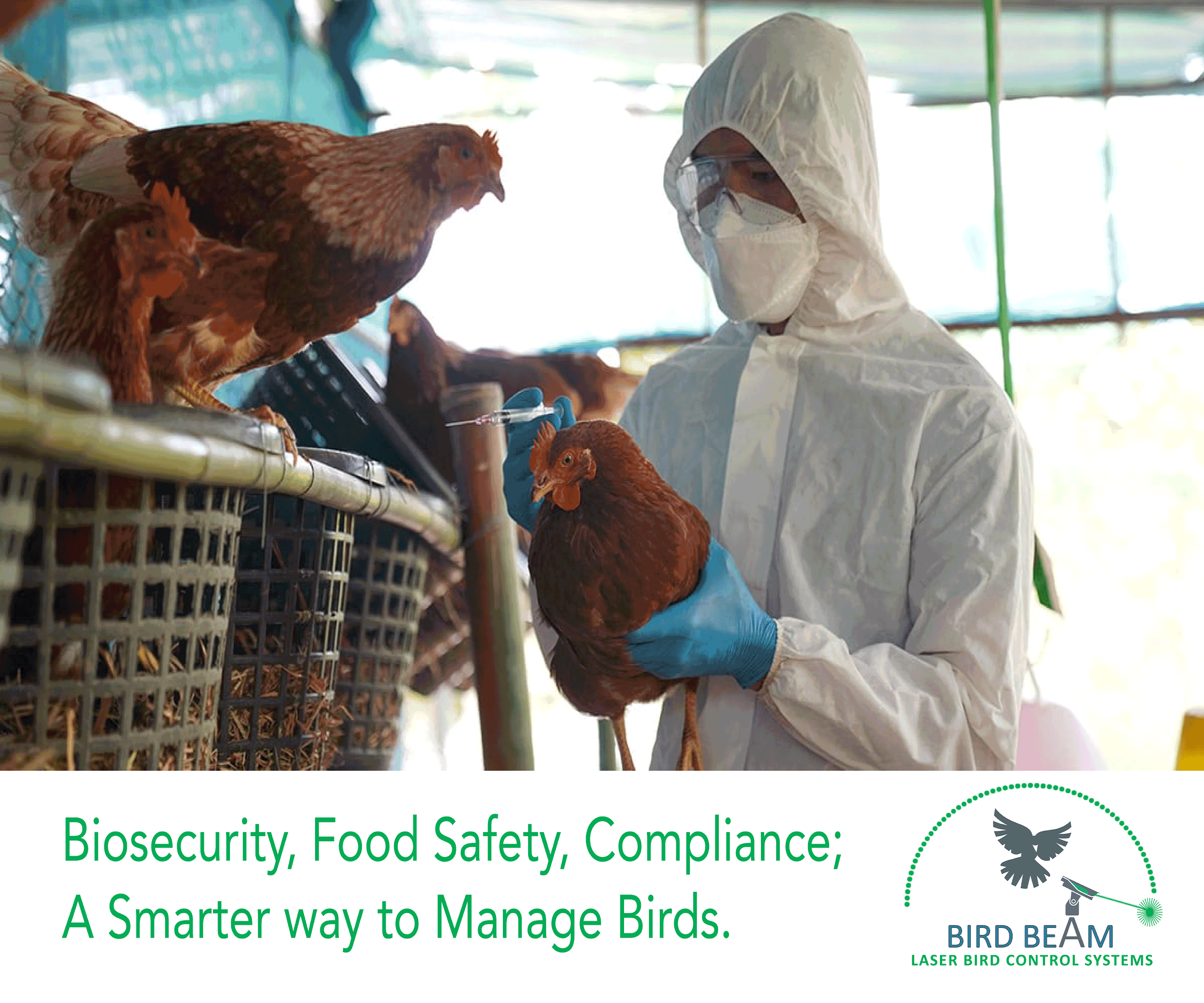1MG FlippingBooks
Renewables: Fighting skyrocketing energy costs and a changing climate
Escalating commodity prices, catastrophic weather events, and increasing acknowledgement of the need to protect the environment are leading many in agriculture to consider and adopt the use of renewables. And few know more about successfully transitioning to renewables than farmer, sustainability expert and conference creator Karin Stark.
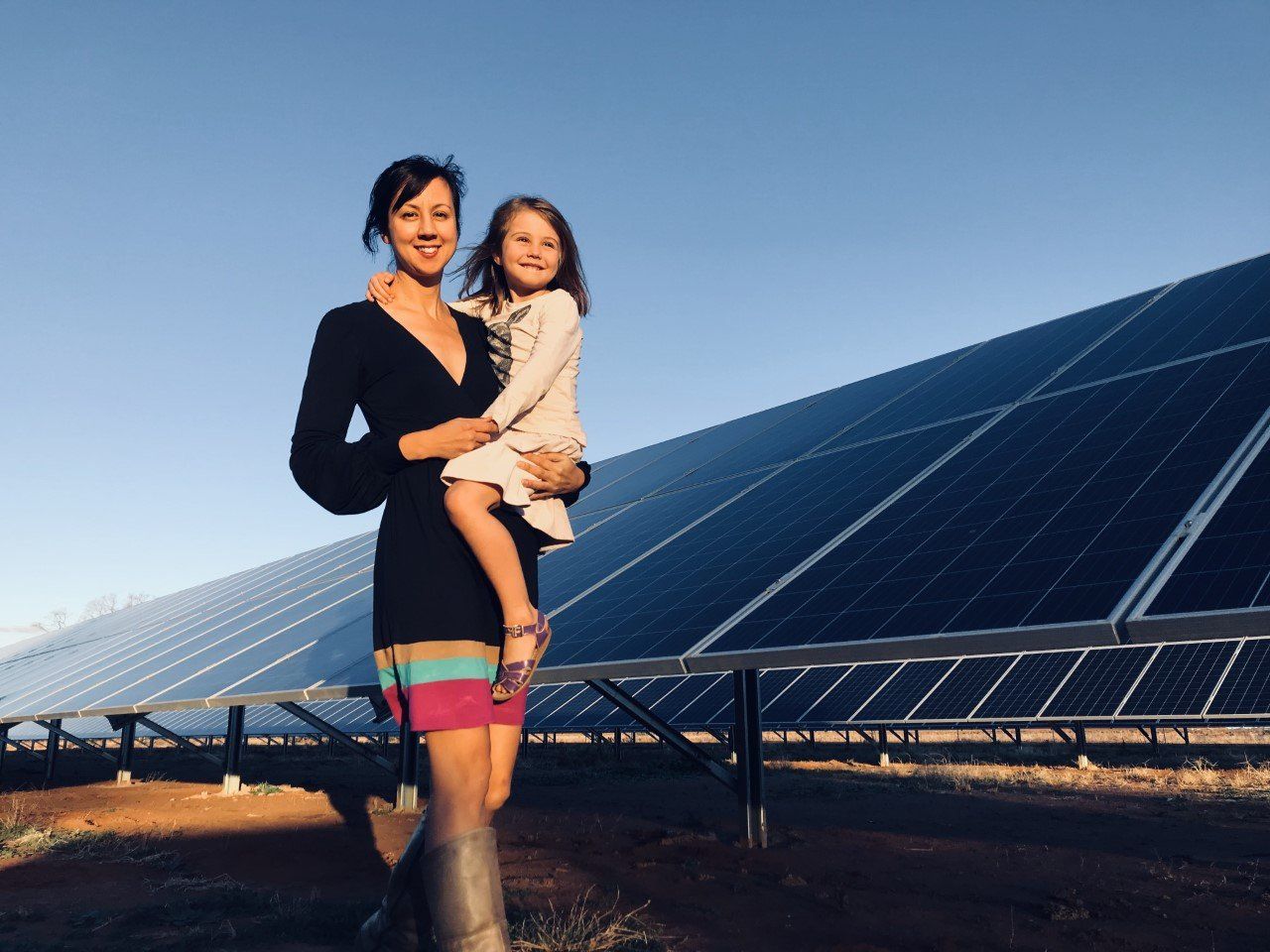
Australian agriculture is experiencing significant change as more farmers adopt the use of renewables to fight skyrocketing energy costs while simultaneously witnessing first-hand the repercussions of a changing climate.
And few understand this green transformation better than Karin Stark, with the farmer and renewables expert uniquely melding the rare combination of technological nous and lived experience.
Born in Auckland and raised in Perth, Karin obtained a degree in environmental science and sustainable development before moving to the United Kingdom and finally back to Australia to live on her partner’s family farm.
Although always working in the environmental field, it was her time on the farm 30 mins from Narromine in the Central West NSW, however, that inspired her pursuit of reducing farmers’ energy costs and carbon emissions by facilitating the adoption of renewables.
Presently residing on her partner’s cotton and wheat farm, Karin understands the inherent energy challenges faced by farmers. This prompted her partner and herself to install the country’s biggest solar-diesel irrigation pump on their farm in 2018.
She also heads a renewables consulting business, and created the burgeoning National Renewables in Agriculture Conference & Expo, as she continues to raise awareness by educating farmers and delegates about the benefits and technical feasibility of renewable technologies.
And while some view the relationship between renewables and farming as somewhat new, Karin says the sector’s interest has been growing for several years - which she personally witnessed in her role as Regional Clean Energy Coordinator for the NSW Office of Environment and Heritage from 2014 to 2016.
“I saw there was a lot of interest from farmers in renewables quite early on and how they could reduce their pumping costs in particular through solar irrigation,” she says.
“But there wasn’t a lot of credible independent advice out there and not a lot of companies were doing it.
“Basically, over the years I have seen the sector move from theoretical to demonstration to commercial-scale solar irrigating applications.”
Living and working on agriculture’s frontline for 10 years, Karin knows too well the inherent unpredictable nature of the industry which she says is only getting harder to plan for.
“It was only really when I went to the farm that I could see with my own eyes the impact that unpredictable weather events such as droughts and floods in particular affects and harms productivity and profitability potential” she says.
“Farmers deal with so much variability including commodities and changing weather and climate patterns, and they have to manage that variability more than any other sector.
“You are at the mercy of weather and climate which made me focus on renewables to increase resilience by reducing energy costs and emissions and showing that we are a sustainable green sector.”
And the savings were undeniable.
“Our solar diesel irrigation pump saved about $180,000 in diesel fuel in the first year alone for that diesel pump’s operation,” she says.
“It was about making the most of renewable energy to reduce our emissions and demonstrate our commitment to sustainability into the future while cutting costs.”
And while the pump encountered some ensuing issues due to the way solar and diesel blend, Karin says it was an extremely informative experience.
“The upside of being an early adopter was that we felt it was really important to share these learnings with as many people as possible so that other people don’t fall into the same trap,” she says.
Set-up costs are one of the biggest hurdles faced by farmers considering the jump to renewables which can be up to $250,000.
“It can be a massive upfront cost for farmers,” Karin says.
“But there have been cost reductions too with solar power prices coming down about 85 per cent in the last 10 years while battery storage continues to reduce in price.
“That is driving business decisions to the point where it is actually viable for a farm to now try and covert to renewables.”
Despite the positive inroads some in the agricultural sector are making through the adoption of renewables, Karin says there is reluctance from some corners.
She says much of that hesitancy resulted from a lack of working examples.
“Farmers like to look over their fence and learn from their neighbours and peers,” she says.
“There’s really not enough of those examples yet that allows people to easily learn from one another, and sometimes that causes a lack of understanding, which I appreciate.”
Karin says once farmers make the jump, a renewables system usually pays for itself within five years.
“There are massive monetary benefits because once you’ve paid that off, that energy you have created is basically free which is a huge boost to farmers’ income, and that extra income can be used on other projects around the farm,” she says.
“Having a more profitable farm benefits regional communities too because it means farmers have got more money to spend at local businesses such as the auto-mechanic and the grocery store. There is just more money around.”
And while more income is always a great thing, Karin says the environmental benefits are significant.
“We know we are not on track to meet targets of the Paris Agreement and we know farmers can use large amounts of energy,” she says.
“My own farm’s solar system saved an astonishing 500 tonnes of carbon dioxide in just its first year when compared with diesel which is about 44 households’ worth of carbon dioxide.
“Even if we help just 10 farms “make the switch” – it all helps with keeping to our carbon budget and reducing emissions in the agricultural sector.
“It is about saving money while also recognising the responsibility farmers have to environmental conservation and protecting what we have for future generations.”
The Renewables in Agriculture Conference & Expo aims to overcome the barriers faced by adopting renewables by bringing together farmers, peak industry bodies, suppliers, and government representatives to share stories farmers successfully transitioning to renewables. The next Conference will be held on the 21 June 2023 in Dubbo.
Visit www.renewablesinagconference.com.au for more information.
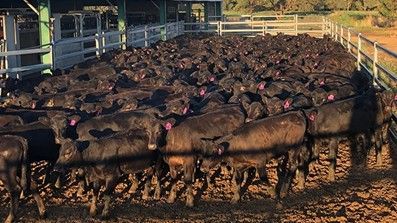
A selection of The Australian Farmer Sponsors - Click on a banner below to find out more...

